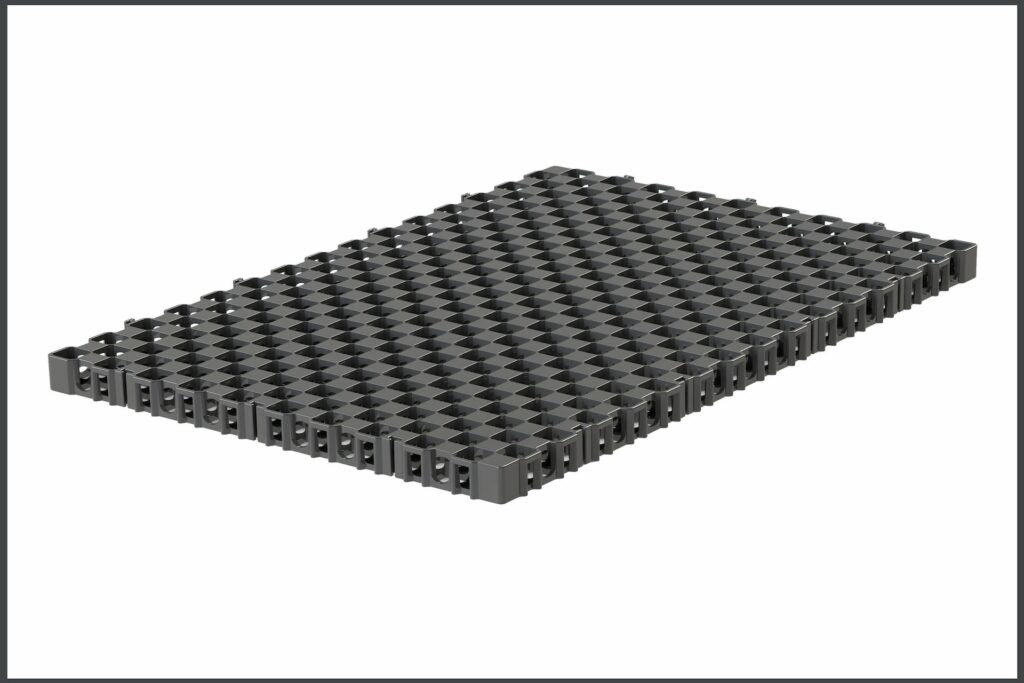Retaining walls are critical aspects of modern landscaping and project work to reduce soil erosion, create terraces on steep slopes, and many other reasons. They’re important to create useful balanced areas in hilly terrains with the support of soil structures. Soil can become unsteady if exposed to large amounts of accumulated water or rain. This can be detrimental to developments that rely on retaining walls. This is where the importance of retaining wall drainage comes in. The lack of this type of drainage solution can lead to a retaining wall that is susceptible to failure. Keep reading and we’ll go over fundamental considerations for building a retaining wall.
Why Is A Retaining Wall And Drainage Important?
Like with many critical structures in the construction process, retaining walls are needed to create space that is safe to use but this all has to be carried out according to local regulations. The drainage solution is there to maintain balance even when the additional force of water is impacting soil retention. There are several ways to do so but they all function differently. Whether it is through weep holes, pipes, or Atlantis drainage products.
The wall cannot function without granular soil that should be used as backfill to allow water to penetrate the soil to reach the drains or weep holes mentioned above. If cohesive soil is used, such as clay, it will be difficult for the water to reach a depth where it can enter a pipe or weep hole. The best granular materials, defined by project specifications, will allow for effective water permeation through the backfill, rather than being trapped in it. This natural flow of water is important because gravity will naturally assist in its drainage and all it requires is an exit point.
What Are Retaining Walls?
Drainage cells are comprised of two main structural elements. The first is a backing plate that has a plurality of holes. There are also a series of cylindrical structures that have side walls and a base that extends from this backing layer. These two elements work together to allow fluid to pass through the holes into a generally tubular structure. It has a unique cup structure, that resembles a honeycomb, that is capable of trapping water for reuse or completely discharging it. This design allows for water to flow in a particular direction, towards a drain if required, to clear away excess.
3 Important Steps When Building A Retaining Wall
If you are looking to build a retaining wall, there are a couple of things to always take into account to ensure the durability and longevity of the structure. We’ll give you a basic outline below…
Use The Correct Material
Retaining walls can be constructed with a variety of materials but the importance lies in which are chosen. Professional retaining wall experts can either rely on manufactured blocks or rely on those with built-in design specifications. There are also various colours and textures to choose from. It all depends on the type of retaining wall you choose for your project.
Retaining walls constructed with poured concrete are customizable and have optimal strength depending on their design. Concrete block retaining walls, made with pre-cast concrete blocks, will need an engineer to design the layout to ensure the best function. Once the design is finalized, concrete retaining walls require that concrete footings and walls are poured and then cured. Waterproofing and the application of the drainage system come straight after the concrete is fully formed.
Ensure Adequate Drainage
Drainage of your retaining walls is a critical factor in ensuring that it is consistently able to stay put. A professional needs to build an efficient drainage system to prevent water from penetrating the retaining wall’s structural strength. There are ways to mitigate against failure and the oversaturation of the soil. This can include things like reinforcing the backfilling space behind the block or using materials like crushed rock and installing a perforated pipe. The system could also consist of weep holes and other drain lines.
There is more than one way to install retaining wall drainage systems. Different-sized walls need different installations, but we have found a solution that is flexible and highly affordable. Atlantis drainage cell products can assist in eliminating the structural damage that is caused by water logging and the accumulation of water in the wall’s soil. Regardless of the solution chosen, there should be sufficient spacing between the drainage system’s exit point and the wall. Most drainage system installations could benefit from the addition of a filtration mesh, film or otherwise. This ensures that fine soil does not migrate and that clogging is less likely. This protects the structure against the loss of backfill and ultimately prevents failure.
Use A Licensed Contractor If It Is Structural
This plays the biggest role in how effectively your retaining wall will function. The best retaining walls are built by the most experienced experts in this region. They’re also reinforced by the correct regulatory requirements and clearances. The experience of the builder who handles your retaining wall could affect a number of things including the surrounding environment and neighbours. Because of this, it is important that you employ a qualified and certified professional to carry out this work. Retaining walls can affect the local flow of water or pre-existing drainage systems. An expert can help you by providing structural calculations and drawings for building a retaining wall.
